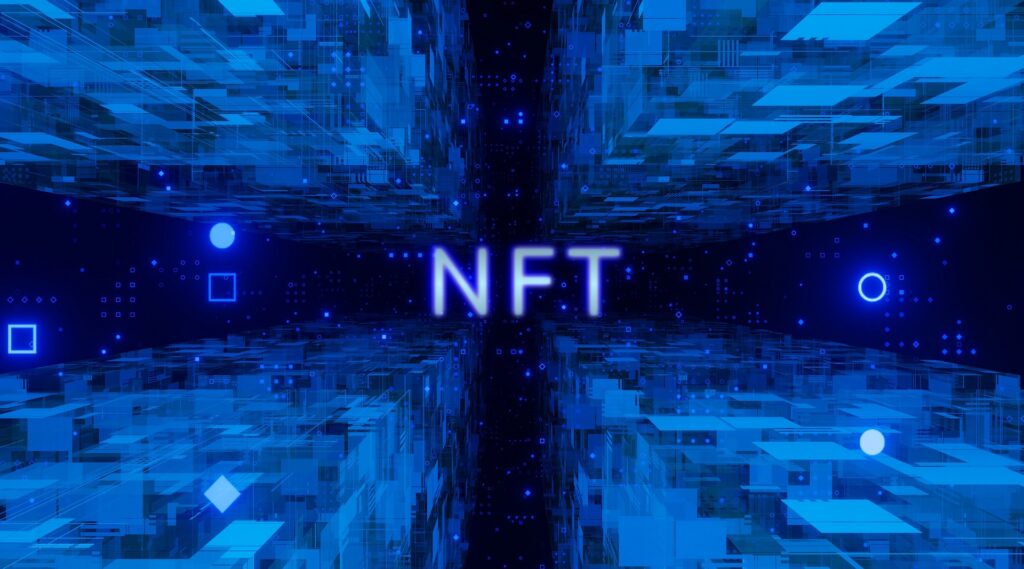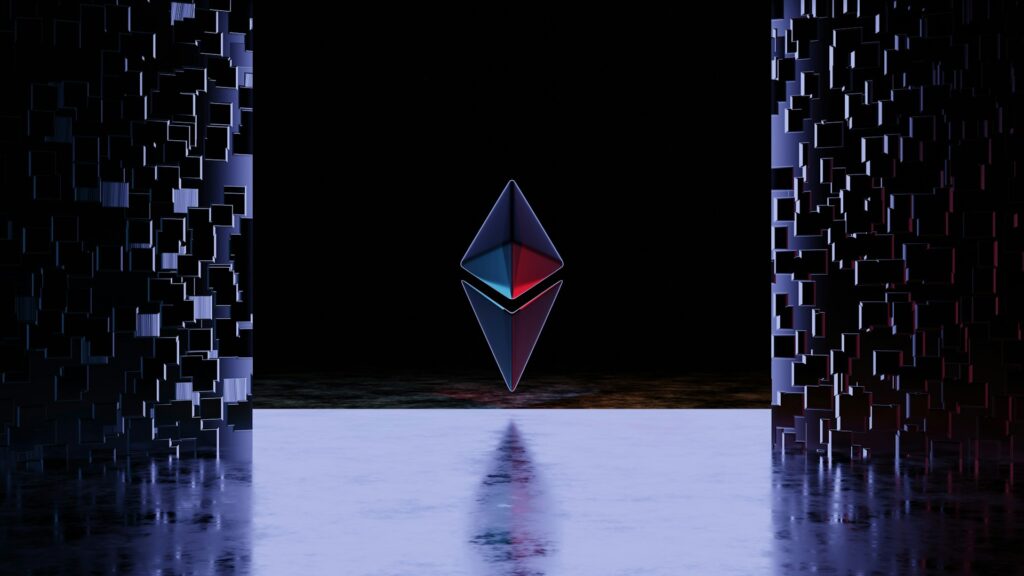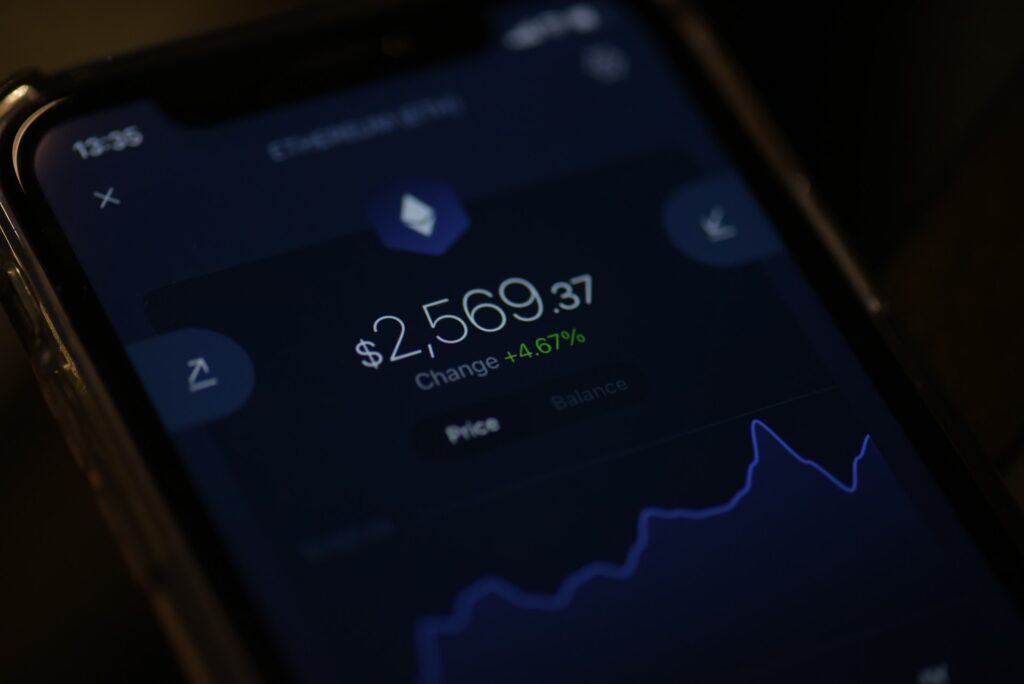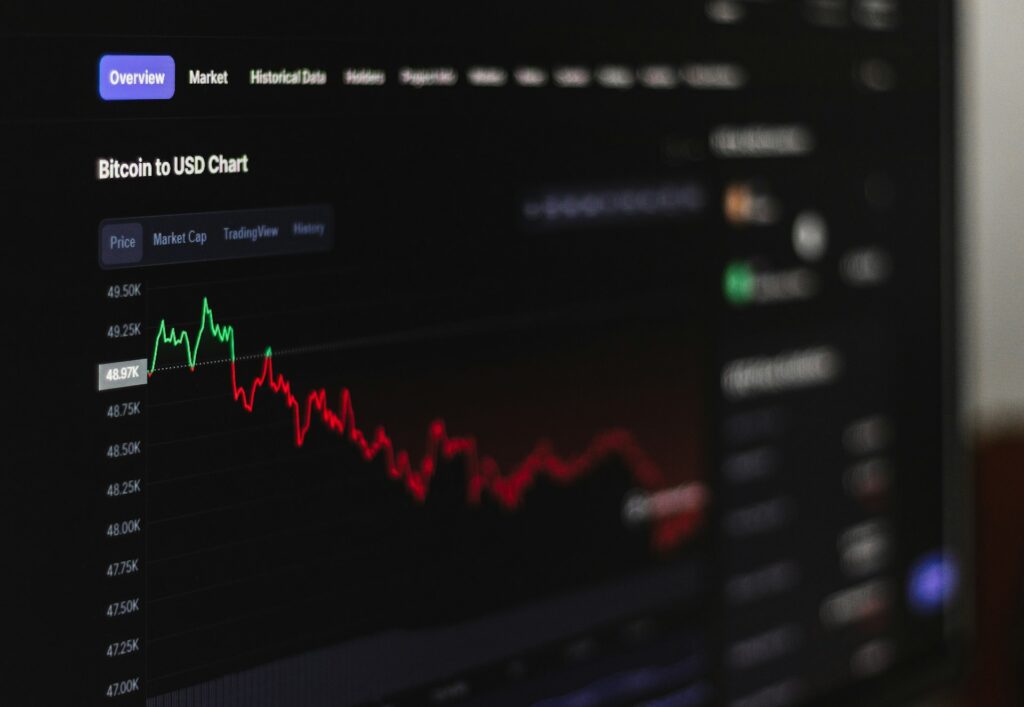As we dive into 2024, the buzz surrounding Non-Fungible Tokens (NFTs) has transformed significantly. While the concept initially exploded into the mainstream in 2021, the subsequent years have seen a wave of scrutiny and skepticism!
Many NFT projects have struggled to maintain their momentum, prompting a critical look at their relevance in today’s digital economy.
The rise and fall of NFT projects
In the early days, NFTs were synonymous with high-profile sales, celebrity endorsements, and lucrative returns on investment. However, as the market matured, many projects that once seemed promising failed to deliver!
For instance, the much-hyped “Bored Ape Yacht Club” generated significant excitement and record sales, with some apes selling for millions. However, the project has faced challenges, including rising concerns about the sustainability of such high valuations and the broader decline in interest.
In 2023, the average sale price of Bored Apes plummeted from over $400,000 to approximately $100,000—a staggering drop that highlights the volatility in the market.
Similarly, projects like “CryptoPunks,” once regarded as digital collectibles with immense value, have also experienced a decline. While some Punk owners still command high prices, the overall market sentiment shifted, leading to a significant drop in average sale prices.
In fact, reports indicated that the number of daily NFT sales fell by more than 90% from their peak in early 2022, reflecting a broader market contraction.
Market dynamics and price drops
The drop in NFT prices can be attributed to several factors. First and foremost is the changing investor sentiment.
Initially, many individuals entered the NFT space with the hopes of quick financial gains. However, as the novelty wore off, the reality of NFTs being a speculative market set in, a key reason experts recommend against crypto investments.
The speculative bubble burst as it became clear that not all NFTs would retain their value. This realization led to many investors exiting the market, causing prices to decline.

In addition, the economic climate has also played a significant role. As inflation rose and economic uncertainty loomed, disposable incomes shrank, leading to reduced spending on luxury items, including digital assets.
The NFT market, which thrived on hype and speculative buying, has been particularly sensitive to these shifts.
According to data from NonFungible.com, the total value of NFT transactions dropped from approximately $17 billion in 2021 to just $3 billion in 2023, underscoring the market’s contraction.
The rise of utility and functionality
Despite the challenges, some NFT projects are still thriving by pivoting towards utility rather than mere collectibility. Projects that incorporate real-world applications or community engagement tend to maintain relevance.
For instance, platforms like “Decentraland” and “The Sandbox” have focused on building immersive virtual experiences, allowing users to buy, sell, and trade virtual land and assets. By providing tangible use cases, these platforms create value beyond simple ownership, showcasing a path forward for NFTs in 2024.
Moreover, NFT integration in industries such as gaming and music is gaining traction. Gaming platforms like “Axie Infinity” and “Gods Unchained” have demonstrated how NFTs can serve as in-game assets that provide players with actual ownership and trading opportunities.
Similarly, artists are leveraging NFTs to offer exclusive content, VIP experiences, and community access, transforming the traditional artist-fan relationship.
Should you collect NFT in 2024?
Collecting NFTs in 2024 demands a cautious approach, given the unpredictable market dynamics. Notable projects, such as “Azuki” and “Doodles,” have faced challenges, with Azuki’s prices dropping from an average of $20,000 in early 2022 to around $5,000 by 2023, highlighting the volatility in demand.
Similarly, Doodles, once valued at over $7 million in funding, struggled to maintain traction and recently reported lower trading volumes and less engagement in their community. Additionally, the broader NFT market saw a significant decline.

Therefore, potential collectors should prioritize projects with inherent value or utility, rather than mere speculation, and ensure thorough research before investing!
Future outlook: Will NFT regain relevance after 2024?
First things first, are NFTs still relevant in 2024? The answer is nuanced. While many speculative projects have faltered, the fundamental concept of NFTs continues to hold potential, particularly as utility-driven applications gain traction. The evolving digital landscape and the push for innovative use cases may breathe new life into NFTs.
As we move forward, the focus will likely shift from mere collectibility to real-world applications, community building, and integration with existing systems. NFTs that prioritize user engagement and utility will have a better chance of thriving in the future.
In conclusion, while the NFT market has faced significant challenges and price drops, the technology behind NFTs remains relevant. The future of NFTs will depend on their ability to adapt to changing market dynamics and consumer preferences, ensuring they provide tangible value and utility in the years to come.
As we observe these trends, it’s clear that NFT remains relevant in 2024, and the future prospects look promising. The craze for NFTs is far from over. NFTs in 2050 are expected to be an even bigger market, tapping into segments that are so far untouched!
Before you start collecting them, discover the pros and cons of NFTs for a deeper understanding of Non-fungible Tokens. Also, remember that you can use NFTs to generate passive income.
With over five years of experience in the tech industry, Kazim excels at simplifying complex topics, making them accessible to tech enthusiasts and general readers alike. He has contributed to several renowned publications worldwide, including WindowsReport and Allthings.how, bringing insightful coverage of key developments in the field.
When he’s not writing, you’ll find Kazim planning weekend getaways or diving into tech verticals beyond his expertise.




